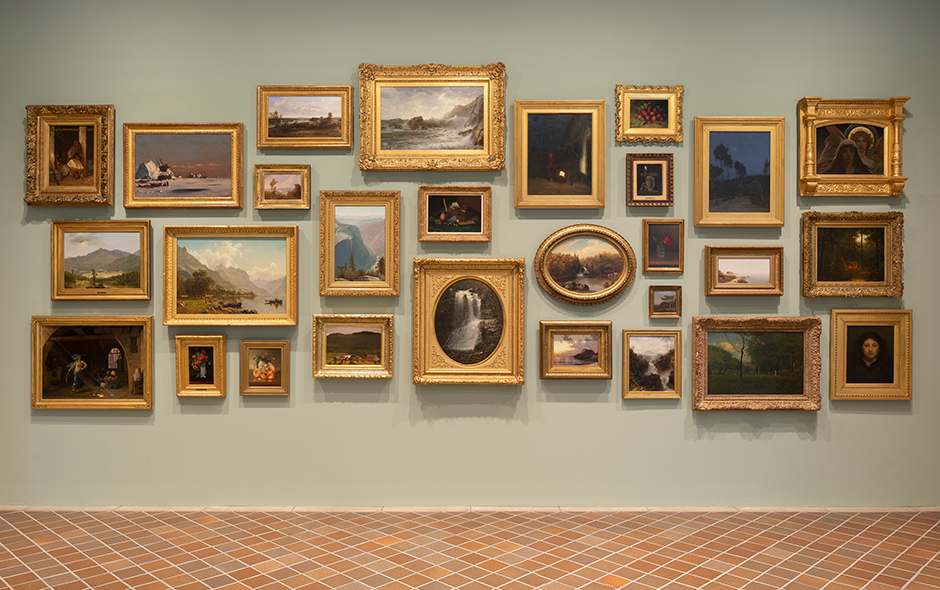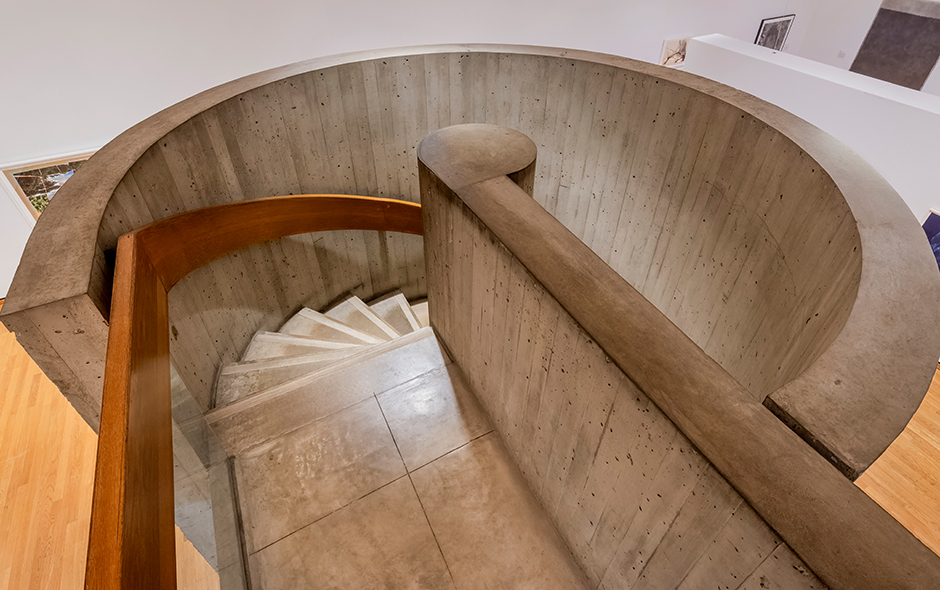
Object Details
Culture
Moose [Mossi] (Burkina Faso)
Medium
Wood and hide
Dimensions
10 1/2 x 1 1/2 x 1 1/2 inches (26.7 x 3.8 x 3.8 cm)
Credit Line
Gift of William W. Brill
Object
Number
91.001.055
BRIEF DESCRIPTIONThis abstract doll, called a biiga (meaning child), is used by girls and women in a(…)
BRIEF DESCRIPTIONThis abstract doll, called a biiga (meaning child), is used by girls and women in a variety of ways.WHERE WAS IT MADE?This was made in Burkina Faso, a country located in West Africa.HOW WAS IT MADE?Blacksmiths carve biiga dolls from wood. Then wet animal hide is often stretched over the wooden figure. This encasement seems not to have particular significance and may be done either by the blacksmith carver or the owner.HOW WAS IT USED?Biiga figures function in many ways. Girls carry around the dolls, feeding and dressing them, as well as tucking them in their clothing at their waist, in imitation of the adult method of carrying real children. Later, a young woman may incorporate the doll into her marriage practices – carrying the doll to market, soliciting names for her newborn, all done in order to encourage the speedy conception of her own child. Dolls are sometimes passed down through the family, though they may also be sold at market for children to use or collectors to buy.WHY DOES IT LOOK LIKE THIS?Although there exists some slight stylistic variations, Moose (pronounced “MOH-say”) dolls share the same basic form: cylindrical bodies, no arms or legs, distended breasts, and a long thick neck surmounted by a wedge-shaped head. The head does not depict a face, so much as a stylized coiffure called a gyonfo. When viewed at a profile, this doll features an abstracted nose and mouth. All biiga figures are female. The distended breasts imply motherhood, a role highly valued among the Moose. The absence of arms, legs, and other physical attributes demonstrates that only the uniquely female features (hairstyle and breasts) identify the doll; all other attributes are unnecessary. The presence of well-developed breasts suggests that the doll would be understood as a mature woman; nevertheless, the dolls are called biiga (child).To see another biiga doll in the Johnson Museum’s collection, search for object number 84.012.004 in the keyword search box.












